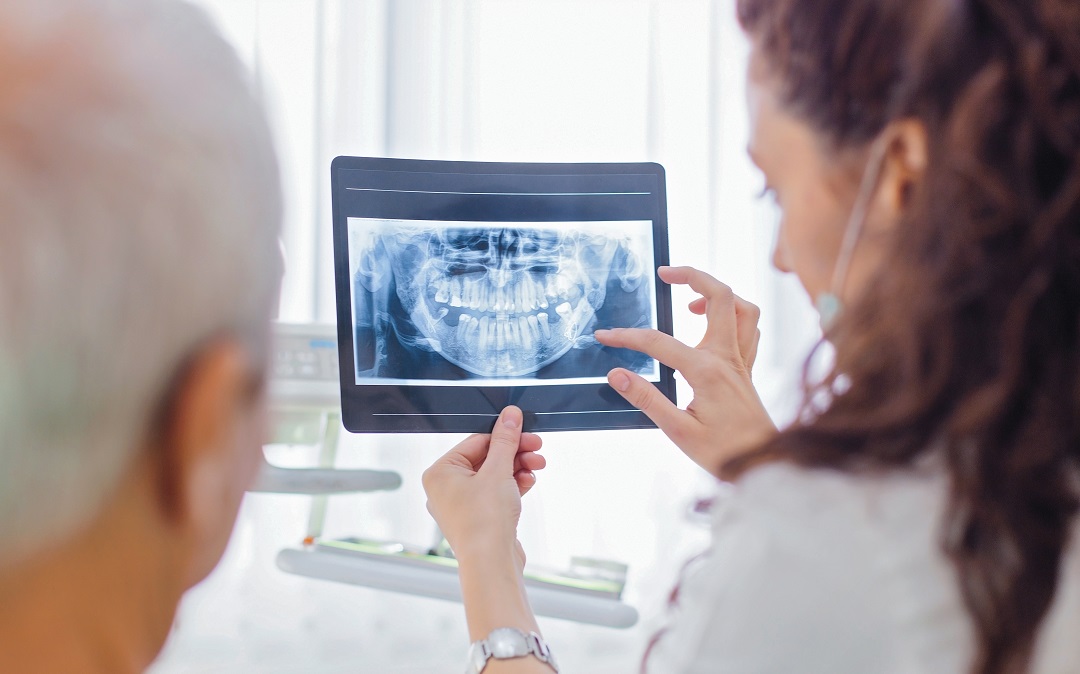Understanding Dental X-Rays
Dental X-rays, also known as radiographs, are diagnostic tools used to capture images of teeth, and the surrounding oral structures. These images assist dentists in identifying dental conditions such as cavities, gum disease, impacted teeth, dental abcesses and bone abnormalities.
Radiation Exposure
One of the primary concerns surrounding dental X-rays is radiation exposure. It is important to note that all X-ray procedures involve some level of radiation. However, the amount of radiation used in dental X-rays is extremely low, significantly reducing the risk to patients.
Modern Technology and Safety Measures
The field of dentistry has made significant advancements in X-ray technology, resulting in reduced radiation exposure. Digital radiography is now widely used, replacing traditional film-based X-rays. This technology not only produces higher-quality images but also requires much less radiation for imaging. In fact, you are exposed to more radiation in an airplane or walking outside on a summer day than you are with a full series of dental radiographs.
Moreover, dentists take additional precautions to minimize radiation exposure. Patients are provided with lead aprons and thyroid collars, which act as barriers, shielding the body from unnecessary radiation exposure. Dentists employ the ALARA principle (As Low As Reasonably Achievable), ensuring that the X-ray technique used delivers the necessary diagnostic information while keeping radiation exposure to a minimum.
Frequency of X-Ray Examinations
The frequency of dental X-ray examinations is determined on a case-by-case basis, depending on a patient’s oral health, age and dental history. For individuals with a healthy oral cavity, X-rays are usually recommended every 1-2 years. However, patients with specific dental issues or ongoing treatments may require more frequent X-rays to monitor their progress and detect any new problems.
Benefit vs. Risk
It is essential to weigh the benefits of dental X-rays against the associated risks. X-rays play a crucial role in early detection and prevention of oral health problems. They enable dentists to identify issues at their early stages, which can result in less invasive and less costly treatments. By catching dental problems early, X-rays can also help prevent complications and promote overall oral health.
It is important for patients and dentists to have open communication, discussing any concerns or questions they may have about dental X-rays. By understanding the safety measures in place and the benefits provided by these diagnostic tools, you can make informed decisions about your oral healthcare.






